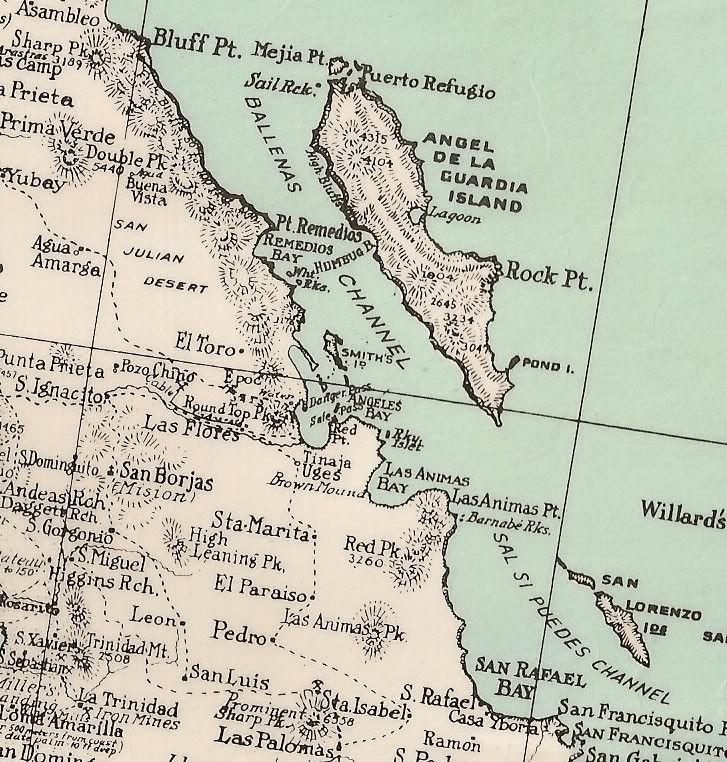Landslide Tsunami
Steven N. Ward
Institute of Geophysics and Planetary Physics
University of California at Santa Cruz
Santa Cruz, CA 95064 USA
Abstract
In the creation of “surprise tsunami”, submarine landslides head the suspect list. Moreover, improving technologies for seafloor mapping continue to
sway perceptions on the number and size of surprises that may lay in wait offshore. At best, an entirely new distribution and magnitude of tsunami
hazards has yet to be fully appreciated. At worst, landslides may pose serious tsunami hazard to coastlines worldwide, including those regarded as
immune.
To raise the proper degree of awareness, without needless alarm, the potential and frequency of landslide tsunami have to be assessed quantitatively.
This assessment requires gaining a solid understanding of tsunami generation by landslides, and undertaking a census of the locations and extent of
historical and potential submarine slides. This paper begins the process by offering models of landslide tsunami production, propagation and shoaling;
and by exercising the theory on several real and hypothetical landslides offshore Hawaii, Norway and the United States eastern seaboard.
Introduction
Earthquakes generate most tsunami. Rightly so, tsunami research has concentrated on the hazards posed by seismic sources. The past decade however, has
witnessed mounting evidence of tsunami parented by submarine landslides. In fact, submarine landslides have become prime suspects in the creation of
“surprise tsunami” from small or distant earthquakes. As exemplified by the wave that devastated New Guinea's north
coast in 1998......
|














